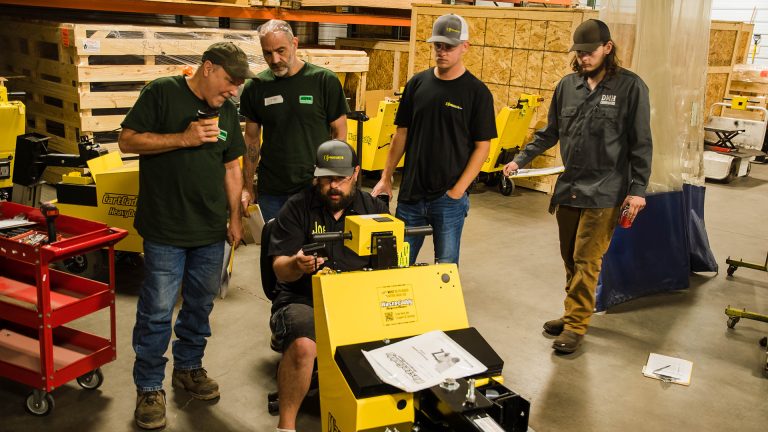Ergonomics gets a lot of buzz in the press when people talk about computer workstations or keyboard design, but few realize how pervasive the science of ergonomics has become in making our daily lives more functional and more comfortable. From the lowly office chair to high tech electronics, ergonomics has become a critical element in product and systems design.
In conjunction with a new exhibit on ergonomics at London’s Design Museum, BBC News Magazine recently took a look at how ergonomic products impact everyday life and highlighted five ways ergonomics is shaping the world we live in.
At the controls. Controls on automobiles, trucks, material handling equipment, machinery and anything that involves a human operator must be designed to be used by people of all shapes and sizes. Steering and brake controls must be equally useable by 6 ft. 7 in. Kobe Bryants and 4 ft. 9 in. Mary Lou Rettons. Multi-adjustable car seats that move back and forth, up and down and even slant forward and backward are just one example of how ergonomic design impacts our daily lives.
Life or death. The 1979 core meltdown at the Three Mile Island nuclear power station in Pennsylvania highlighted the extreme danger posed when complex systems intersect human error. Ergonomic redesign of the complex control panels that contributed to the accident created safer nuclear facilities.
Eye candy. With its emphasis on utility, people don’t associate ergonomics with beauty; but the sleek good looks of Apple’s iPod, iPhone and other electronics products owe their beauty to good ergonomic design.
Wrap rage. Poorly designed packaging is the bane of everyday existence. Consumers are injured everyday trying to remove impenetrable wrappings. Ergonomics has sent clamshell plastics packing in favor of cardboard CD wraps and added screw caps to milk cartons.
At work. From chairs, keyboards and computer mice to material handling equipment that moves supplies, equipment, trash and more, ergonomics has profoundly impacted the workplace.


